
A quiet and tranquil province, Nan nestles in a valley in Northern Thailand. About 668 kilometres from Bangkok, it covers an area of 11,472 square kilometres and is made up of the following districts: Muang, Wiang Sa, Na Noi, Pua, Chiang Klang, Tha Wang Pha, Thung Chang, Mae Charim, Ban Luang, Na Mun, Santisuk, Bo Klua, Chaleom Phra Kiat, Song Kwae, and Phu Phiang.
The people of Nan descend from the Lan Changs (Laotians). Their forebears moved to settle around present day Pua district which is rich in rock salt deposits, about 700 years ago at the time when Sukhothai was becoming the kingdom of the Thais. They subsequently moved south to the fertile Nan River basin which is much more extensive. Nan's history is deeply involved with its neighbours, in particular Sukhothai which played an important role in both political and religious terms before Nan became a part of Lanna, Burma and Thailand in that order. Today Nan is still the home of numerous Thai Lu and other hill tribes who retain highly interesting customs and traditions.
For centuries Nan was an independent kingdom but, due to its remoteness, had few connections to the other kingdoms. The first kingdom around the city Mueang Pua (also known as Varanagara) was created in the late 13th century. Its rulers, the Phukha dynasty, were related to the founders of Vientiane, however it became associated with the Sukhothai kingdom as it was easier to reach from the south than from the east or west. In the 14th century the capital was moved to its present location at Nan.
In the 15th century, when Sukhothai declined in power, it became vassal of the kingdom of Lannathai. In 1443 King Kaen Thao of Nan plotted to capture neighboring Phayao by asking King Tilokaraj to help him fight against Vietnamese troops attacking Nan, even though there was no such threat. Kaen Thao killed the king of Phayao, however the troops of Tilokaraj then attacked Nan itself, and captured it in 1449.
When Lannathai was under Burmese rulership, Nan tried to liberate itself many times without success, which finally led to direct Burmese rulership of Nan in 1714. In 1788 the Burmese rulers were finally driven back, however Nan had to then accepted the new Siam rulers. In 1893 after the Paknam crisis Siam had to give a big part of eastern Nan to French Indochina.
However Nan kept some degree of independence from the Siamese rulers, and it took until 1931 to become fully integrated into Thailand, and the province was then created.
Before the early 1980s bandits as well as People's Liberation Army of Thailand (PLAT) guerillas were a big problem in the province, usually destroying highway construction overnight. With the help of the army and the more stable political system the province improved significantly, but is still a very rural and remote area.
Administrative divisions
The province is subdivided in 15 districts (Amphoe). These are further subdivided into 99 subdistricts (tambon) and 848 villages (muban).
- Mueang Nan
- Mae Charim
- Ban Luang
- Na Noi
- Pua
- Tha Wang Pha
- Wiang Sa
- Thung Chang
- Chiang Klang
- Na Muen
- Santi Suk
- Bo Kluea
- Song Khwae
- Phu Phiang
- Chaloem Phra Kiat




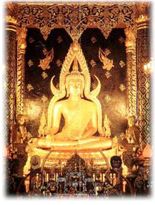
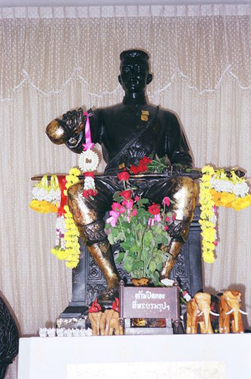

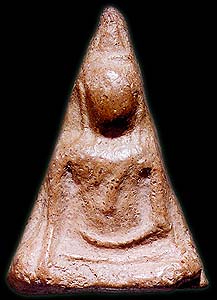
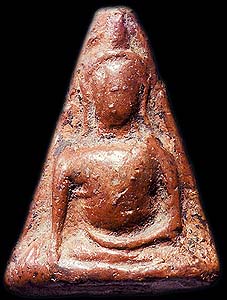
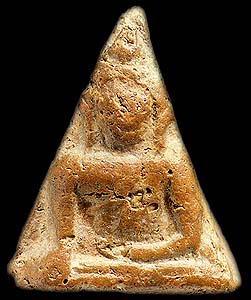
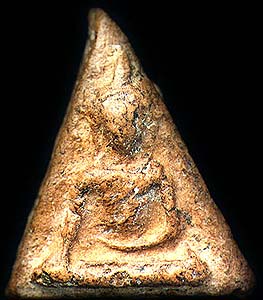
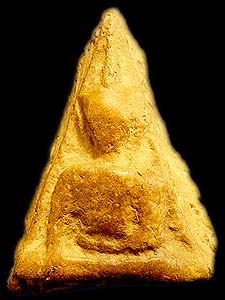
No comments:
Post a Comment